This post may contains affiliate links. Read our full disclosure here.
Winery Visit Photography is an art that balances appreciation and respect. When you’re wandering through sun-dipped vineyards with a glass in one hand and a camera in the other, you’re not just taking pictures—you’re crafting memories. The perfect winery photo captures both the beauty of the setting and the joy of the experience without disrupting the peaceful atmosphere that makes wine country so special.
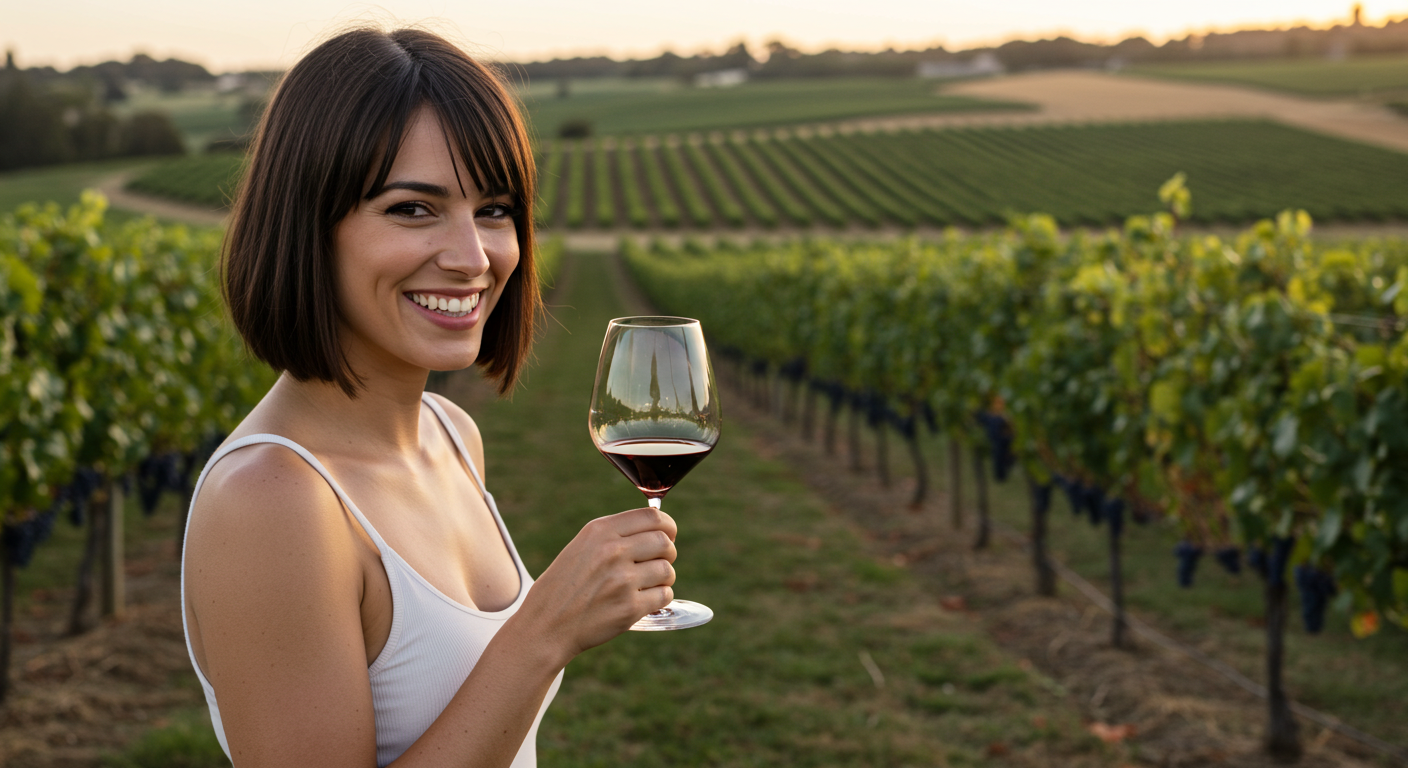
During my last trip to wine country, I noticed how the most memorable photos weren’t staged or intrusive. They were gentle captures of authentic moments—a friend laughing as she described the notes in her Cabernet, the winemaker’s weathered hands demonstrating the perfect pour, or the golden light filtering through rows of vines. That’s what makes Winery Visit Photography so rewarding—when done respectfully, it preserves the magic of the day without diminishing it.
Why Winery Visit Photography Matters
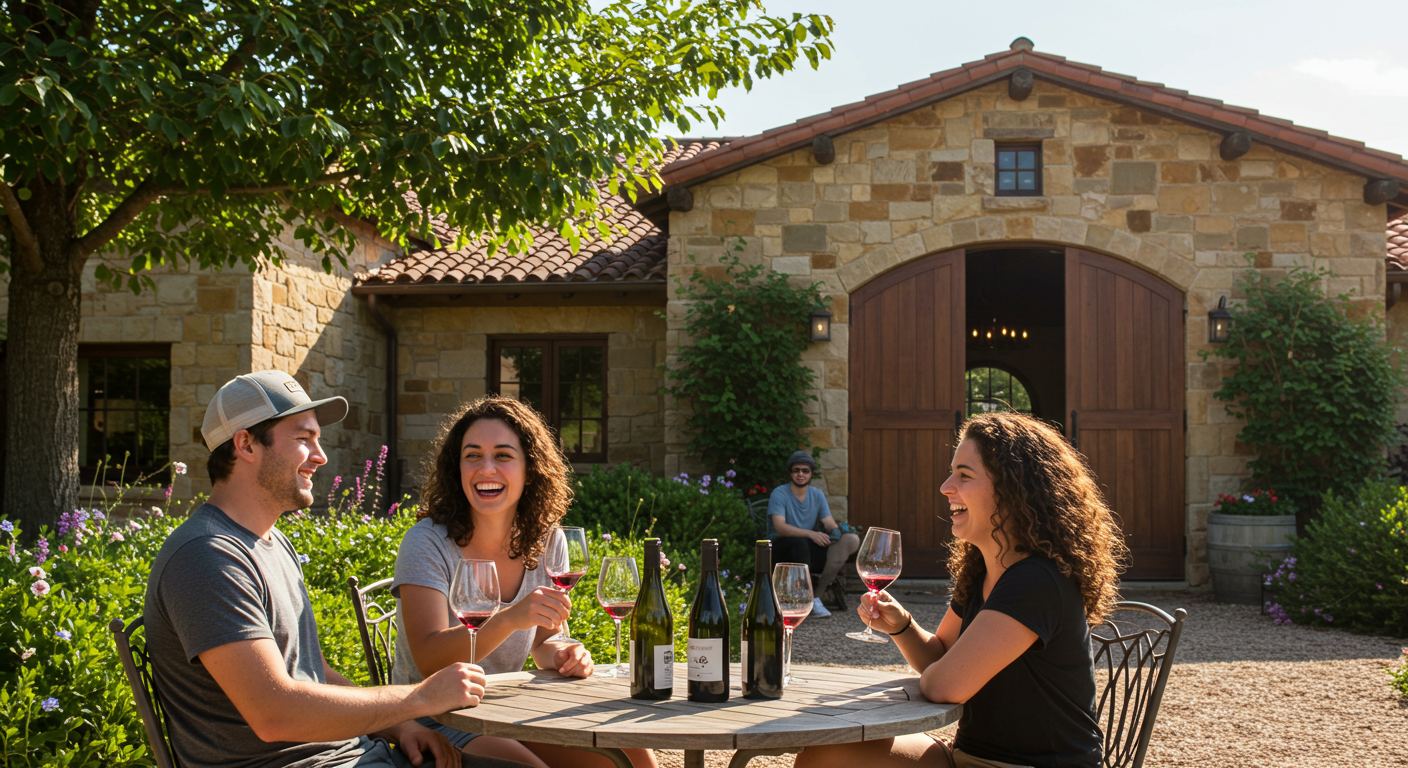
Every winery tells a story through its landscape, architecture, and people. Capturing these elements through thoughtful photography helps preserve not just the visual beauty but the emotional connection to the experience. When I revisit photos from my trip to Chateau de Pommard, I’m instantly transported back to the smell of oak barrels and the taste of that perfect Pinot Noir.
Wineries create picture-perfect settings naturally—from the geometric patterns of vineyard rows to the rustic elegance of barrel rooms. They’re places where beauty and function merge, offering photographers endless possibilities.
“Good winery photography doesn’t interrupt the moment—it captures the memory.”
Remember that most wineries are working farms and family businesses. Your photography should respect this reality while celebrating what makes each place special. The best Winery Visit Photography feels authentic because it documents real moments rather than disrupting the natural flow of a tasting experience.
- Vineyards offer natural beauty in every season
- Each winery has unique architectural and design elements worth capturing
- The people behind the wine often make the most compelling subjects
- The changing light throughout the day creates different moods to photograph
Finding the Perfect Light for Vineyard Photos
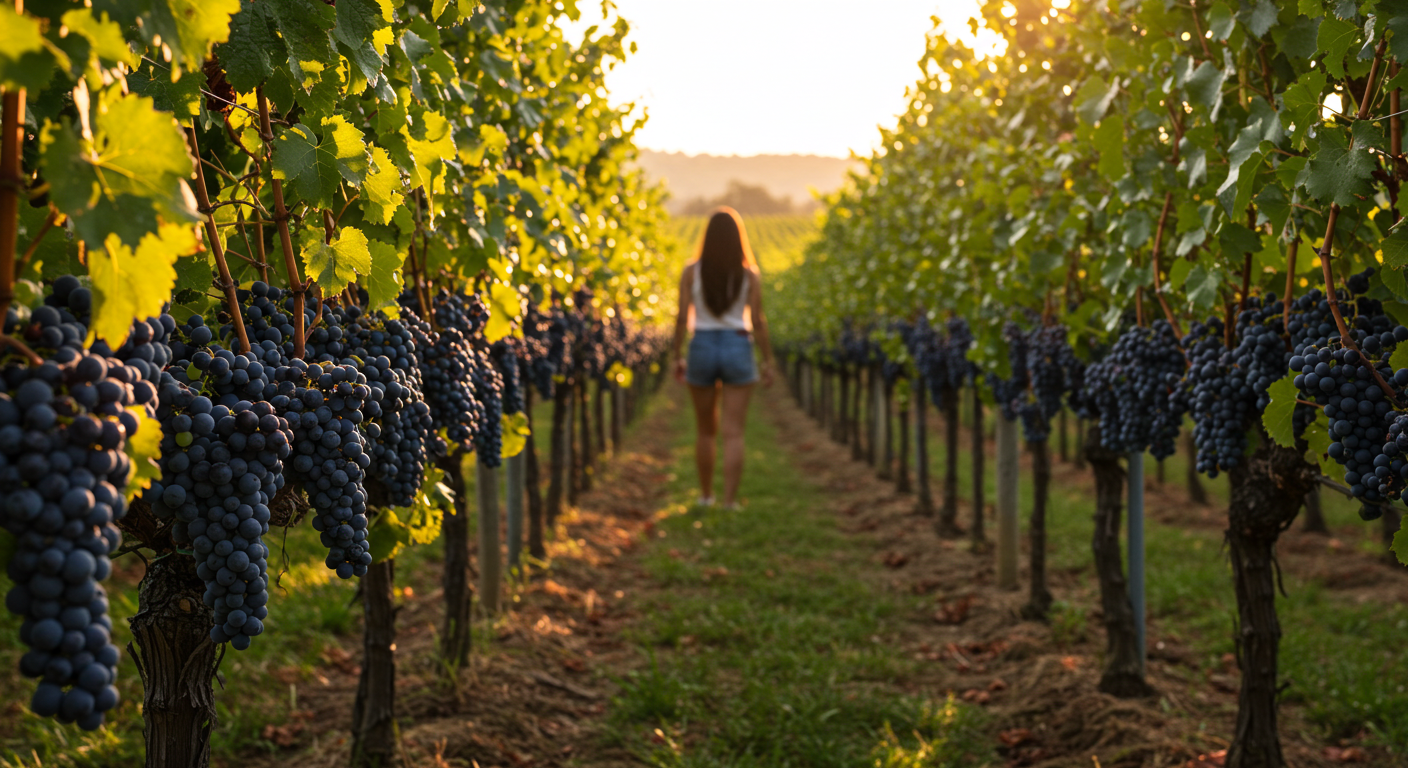
Light can make or break your Winery Visit Photography. The most flattering, atmospheric photos happen during what photographers call “golden hour”—that magical period shortly after sunrise or before sunset when the light turns warm and soft. My favorite winery photos have all been taken during these times, when the vines are bathed in honeyed light and wine glasses gleam with an almost ethereal glow.
If you’re planning a dedicated photo trip to wine country, try to schedule your tastings for early morning or late afternoon. Many wineries in Riverside County offer sunset tastings specifically because the light is so beautiful during this time.
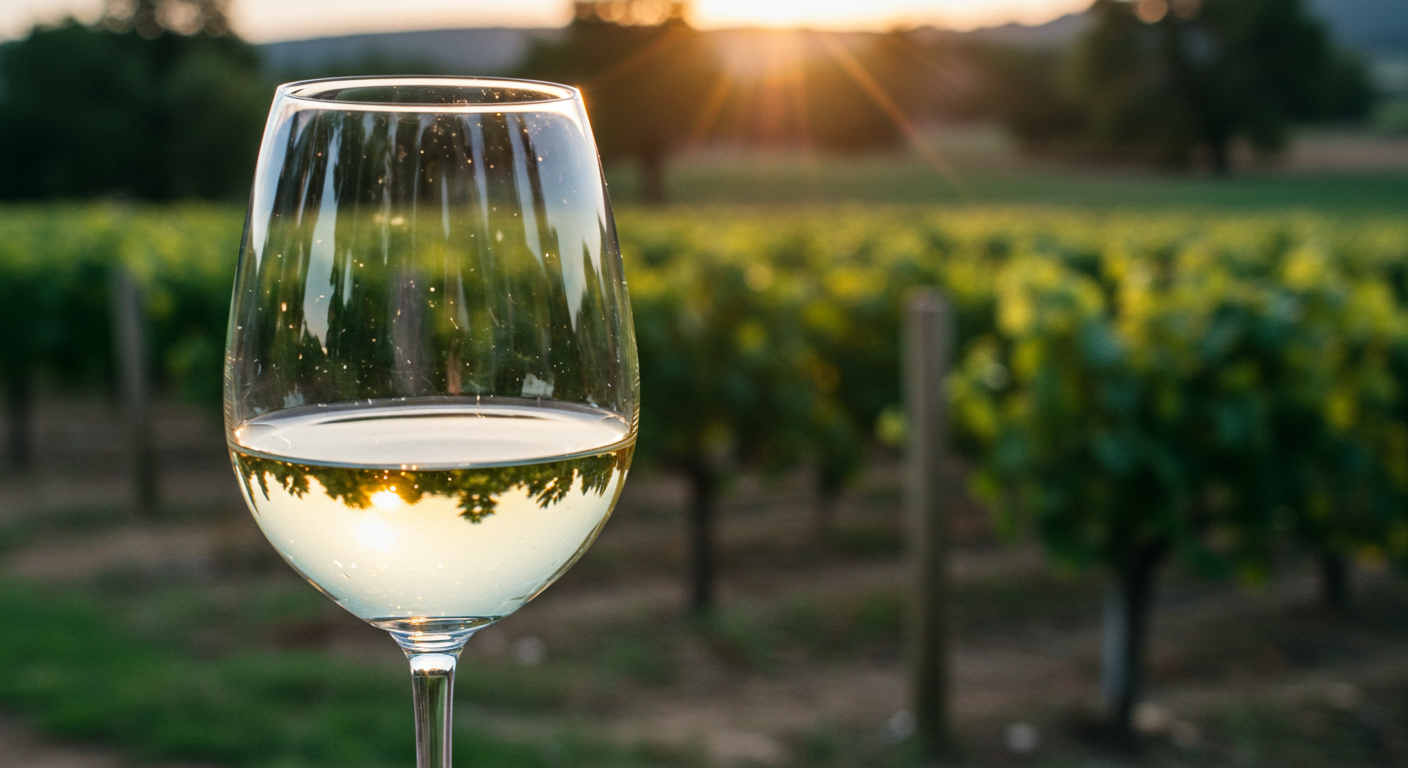
Overcast days shouldn’t disappoint you—they provide soft, even lighting that’s perfect for capturing details without harsh shadows. This diffused light is especially good for photographing people, wine labels, and close-ups of grapes or flowers.
- Golden hour (first hour after sunrise or last hour before sunset)
- Soft overcast days for even lighting
- Early morning for misty vineyard scenes
- Avoid harsh midday sun when possible
One crucial tip: avoid using flash in tasting rooms. Not only does it disrupt other guests, but it also destroys the warm, intimate ambiance that makes winery interiors so special. Instead, steady your hand and embrace the natural light—your photos will feel more authentic and less intrusive.
Simple Gear for Beautiful Winery Photos
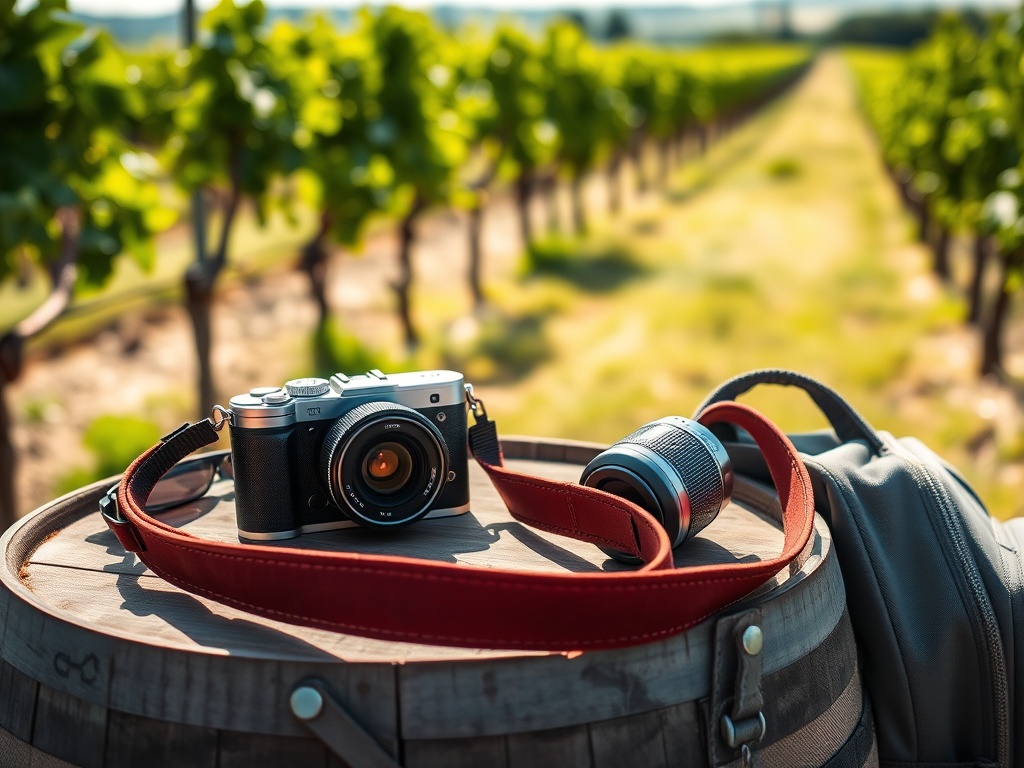
You don’t need professional equipment to capture beautiful Winery Visit Photography. Most modern smartphones take exceptional photos, especially in the good lighting conditions wineries often provide. Before heading to Temecula Valley wineries, I make sure my phone lens is spotlessly clean and my battery is fully charged—these simple steps make a huge difference.
If you do prefer a dedicated camera, a mirrorless or DSLR with a versatile 35mm or 50mm lens gives you plenty of flexibility without weighing you down. These focal lengths closely match what the human eye sees, creating natural-looking perspectives that don’t distort the scene.

Instead of bringing bulky tripods or extensive gear, focus on a few quality accessories that won’t disrupt your tasting experience or annoy other guests:
- Lens cleaning cloth (essential for wine country dust)
- Extra battery or portable charger
- Small lens with wide aperture for low-light situations
- Phone camera grid feature turned on (helps with composition)
- Small camera bag that doesn’t scream “tourist photographer”
Remember that the best camera is the one you have with you—and the one you can use discreetly. Winery Visit Photography should complement your wine experience, not dominate it.
Respectful Photography: Winery Etiquette That Matters
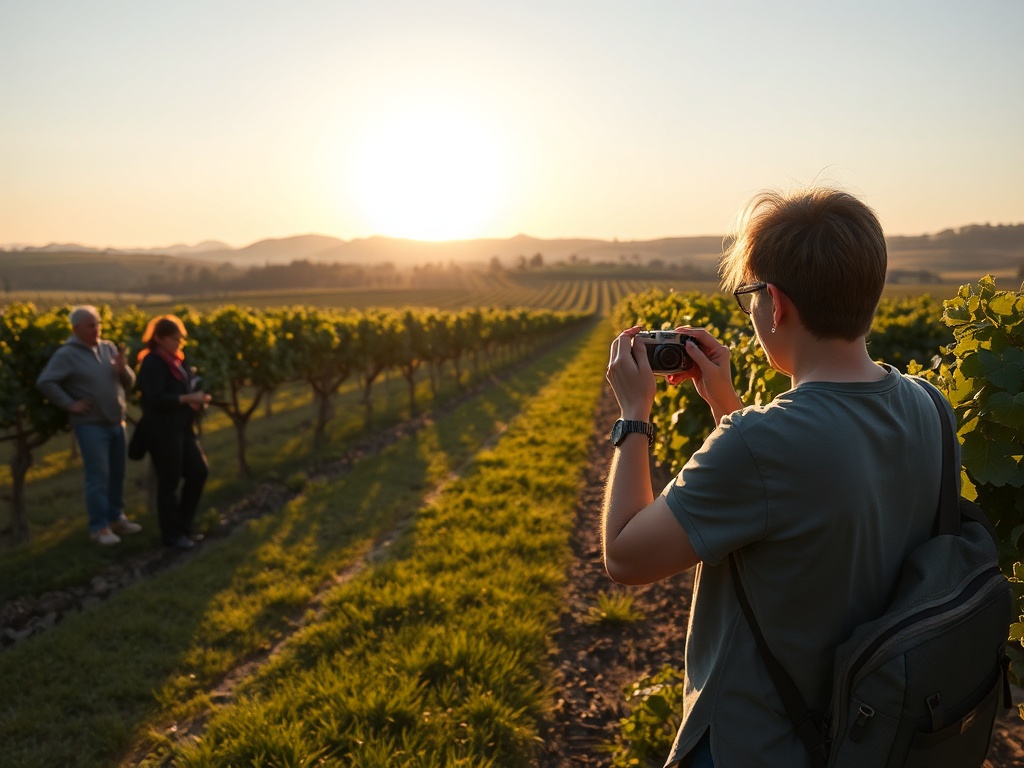
The heart of good Winery Visit Photography lies in showing respect for the establishment, its staff, and fellow visitors. Wineries welcome photographers, but they’re still private businesses where people work passionately to create memorable experiences. Understanding proper winery visit etiquette ensures your photography adds to the atmosphere rather than detracting from it.
Always ask permission before photographing staff members or including other guests in your shots. During a recent visit to a small family winery, I watched as the owner lit up when asked if I could photograph him explaining the fermentation process—he was proud to share his craft. That simple act of asking created a connection and resulted in more authentic photos.
Be mindful of where you’re standing and shooting. Avoid blocking pathways, tasting counters, or views that others are enjoying. Keep your camera sounds muted if possible, especially during quieter tastings or cellar tours where the echo can be disruptive.
- Always ask before photographing people or private areas
- Stay aware of your surroundings and other guests
- Keep equipment minimal and unobtrusive
- Respect “no photography” signs in production areas
- Never use flash during tastings or tours
The most considerate photographers are often rewarded with better access. When staff see you’re respectful, they might invite you to capture special moments or areas not typically open to visitors. My best cellar photos came after building rapport with a winemaker who appreciated my subtle approach.
Telling Stories Through Your Winery Photos
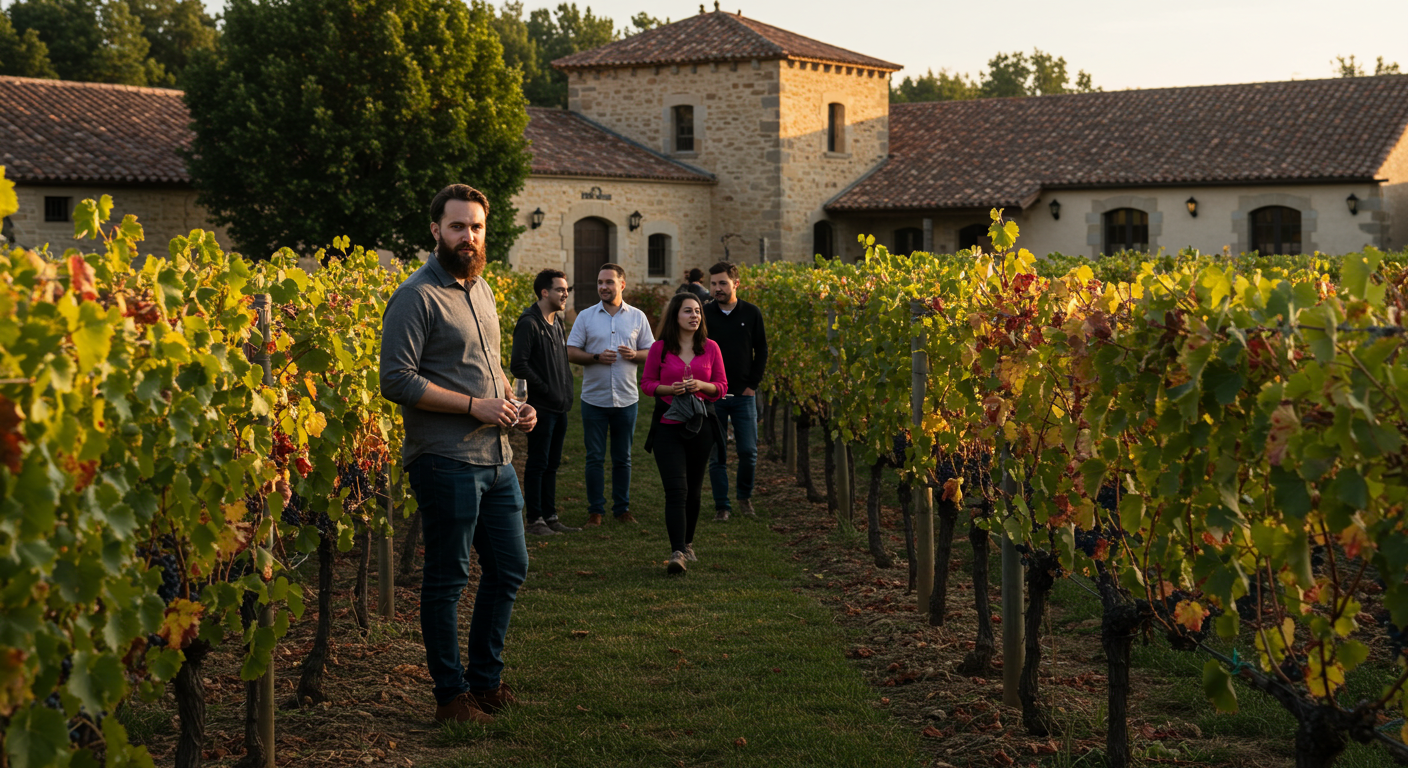
The strongest Winery Visit Photography goes beyond pretty scenery to capture the narrative of your experience. Think about the journey your day takes—from arriving at the vineyard gates to that final toast as the sun sets. Each moment tells part of a larger wine country story that’s unique to your visit.
Look for small details that speak volumes: hands cupping a glass to warm it, the concentrated expression of a friend detecting notes of blackberry, or the contrast between rugged farming equipment and delicate stemware. These subtle elements often convey more emotion than another landscape shot.
When visiting the best wineries in Santa Monica Mountains, I focus on capturing the complete sensory experience—not just what we saw, but what it felt like to be there. The way sunlight filters through a glass of rosé, the texture of ancient oak barrels, the shadow of vine leaves on a limestone wall—these details recreate the feeling of being present.
- Capture sequences that tell a story (arrival, tasting, vineyard walk)
- Focus on hands, expressions, and interactions
- Document both grand landscapes and intimate details
- Include elements that showcase all senses (texture, light, color)
Remember that authentic moments make more compelling photos than posed shots. Some of my favorite winery images happened when I stepped back and simply observed friends lost in conversation about a complex red blend or laughing at a winemaker’s story.
Composition Tips for Share-Worthy Winery Photos
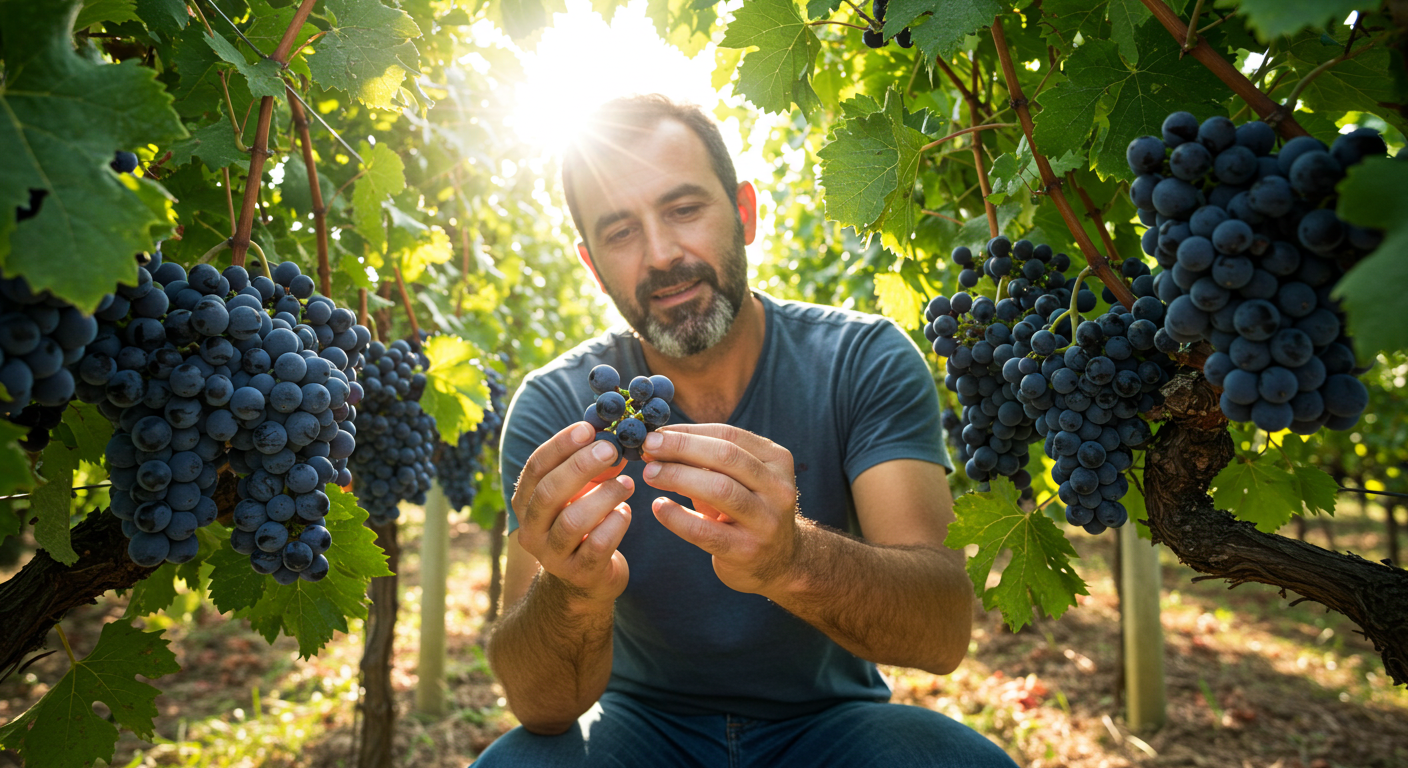
Good composition transforms ordinary winery snapshots into memorable Winery Visit Photography. Vineyards and tasting rooms offer natural compositional elements you can use to create visually striking images without elaborate setups.
Use the built-in lines of vineyard rows, barrel stacks, and tasting room architecture to create dynamic visual pathways through your photos. When photographing vine rows, position yourself so they lead toward your subject or toward the horizon for a sense of depth and perspective.
The rule of thirds remains a helpful guideline—imagine your frame divided into a 3×3 grid and place key elements along these lines or at their intersections. This creates more balanced, interesting images than centering everything. Most smartphone cameras can display this grid to help with composition.
- Use vineyard rows and architecture as leading lines
- Apply the rule of thirds for balanced composition
- Create depth with foreground, middle ground, and background elements
- Look for natural framing (archways, doorways, branches)
- Include negative space to create focus and mood
Pay attention to background elements before taking your shot. A cluttered or distracting background can ruin an otherwise perfect wine photo. Sometimes taking two steps to the right or left makes all the difference between a busy background and a clean one that highlights your subject.
Colors in wine country photography work best when they complement each other naturally. The deep reds and purples of wine against the green of vines or the warm browns and oranges of barrel rooms create naturally appealing color stories that need little editing.
Knowing When to Put the Camera Away
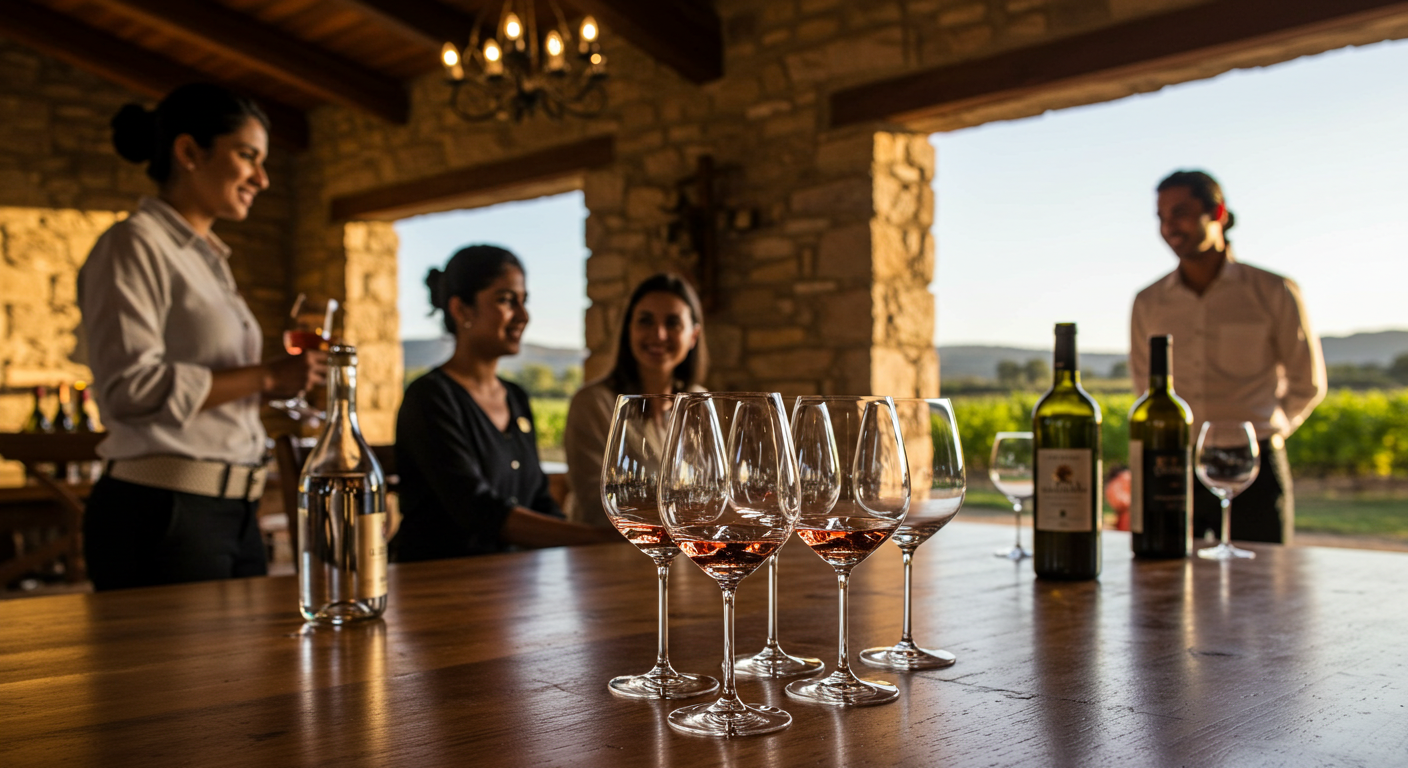
Perhaps the most important aspect of Winery Visit Photography is recognizing when to stop shooting and simply enjoy the moment. The best photographers understand that not every experience needs to be documented—sometimes being present matters more than preserving the memory.
During intimate tastings or special cellar tours, consider taking just a few key photos before putting your camera away. I’ve found that my most vivid wine memories often come from moments when my phone stayed in my pocket and my attention remained fully on the experience.
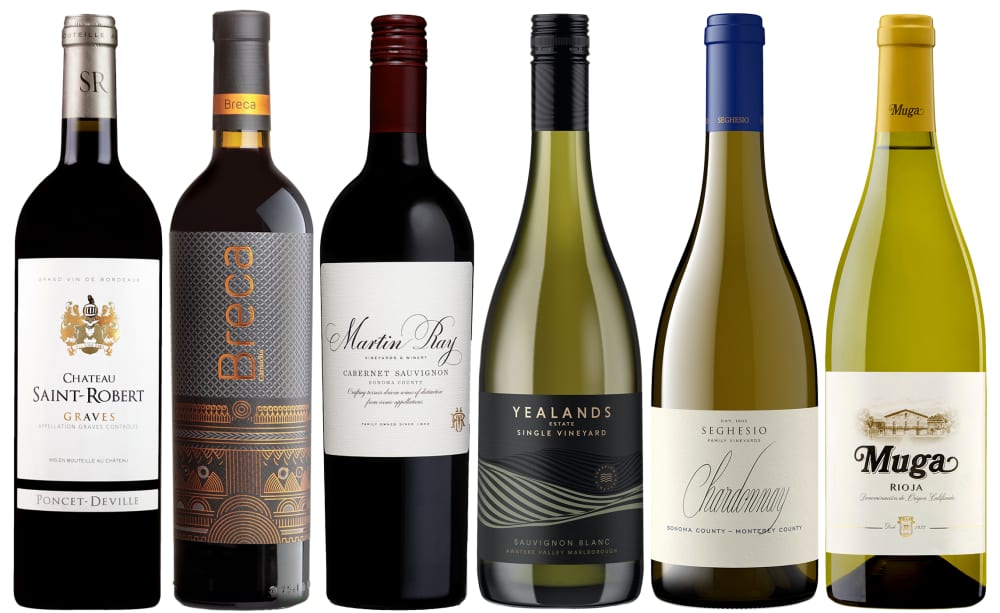
Let your instincts guide you—if capturing images starts feeling forced or begins interfering with your enjoyment, it’s time to focus on the wine and company instead. After all, the primary purpose of a winery visit is to taste and appreciate wine, not to create a perfect Instagram feed.
- Put the camera away during educational tastings to absorb information
- Respect intimate settings by limiting photography
- Take mental photographs sometimes instead of digital ones
- Know when you’ve captured enough and can relax
Remember that after a glass or two, your photography skills might not be at their sharpest! This natural limitation often serves as a good reminder to transition from documenting to simply enjoying the rest of your visit.
Bringing Your Winery Memories Home
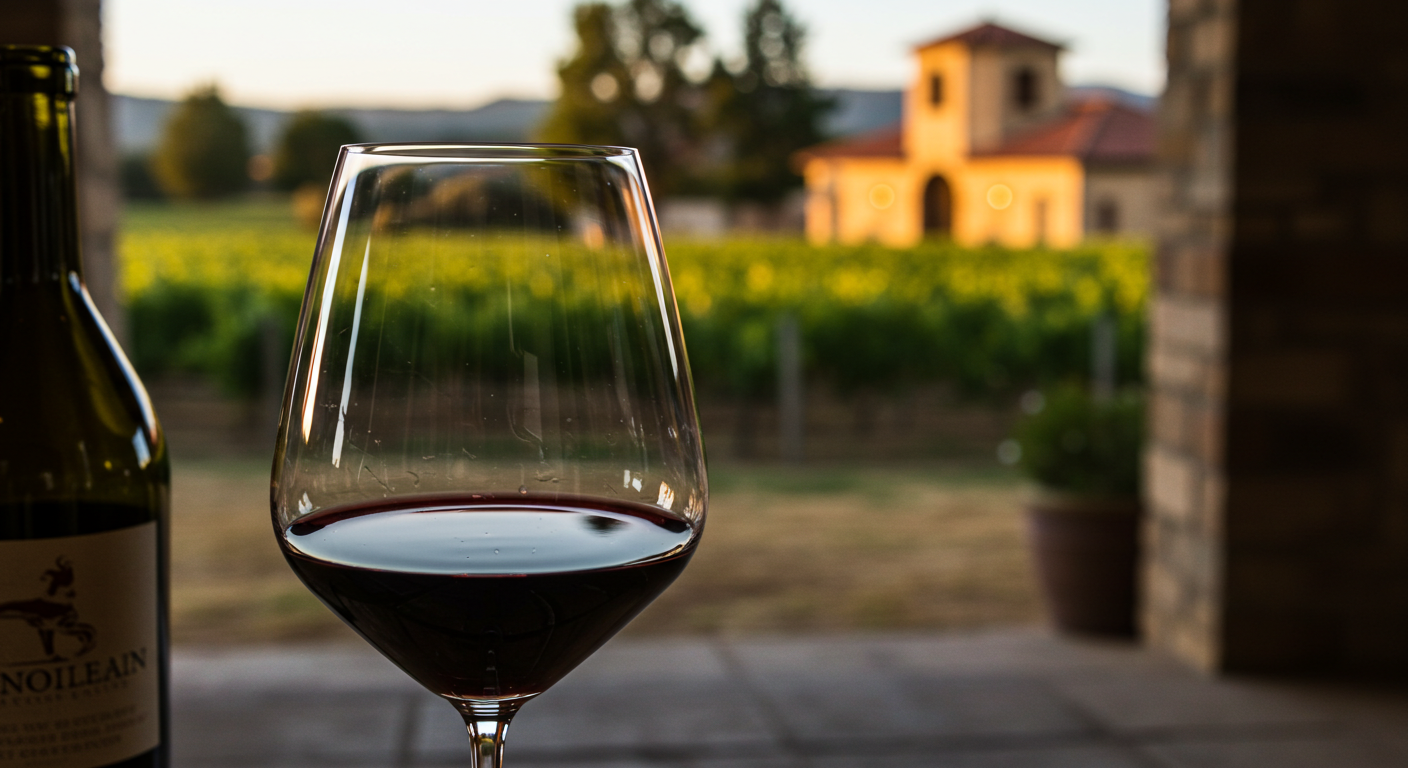
Your Winery Visit Photography journey doesn’t end when you leave the vineyard. Taking time to organize and share your images extends the pleasure of your wine country experience and helps others appreciate these special places too.
Create a simple system for organizing your winery photos by location and date. This makes it easier to pair images with tasting notes or to find that perfect shot of a wine you want to purchase again. I keep a digital journal where I match photos to wines I’ve tried—it’s become an invaluable reference for future purchases.
Consider creating themed collections beyond the obvious chronological ones. Group photos by wine varieties, architecture styles, or vineyard landscapes across different properties. These thematic collections tell richer stories than a simple timeline and reveal patterns in what draws your eye.
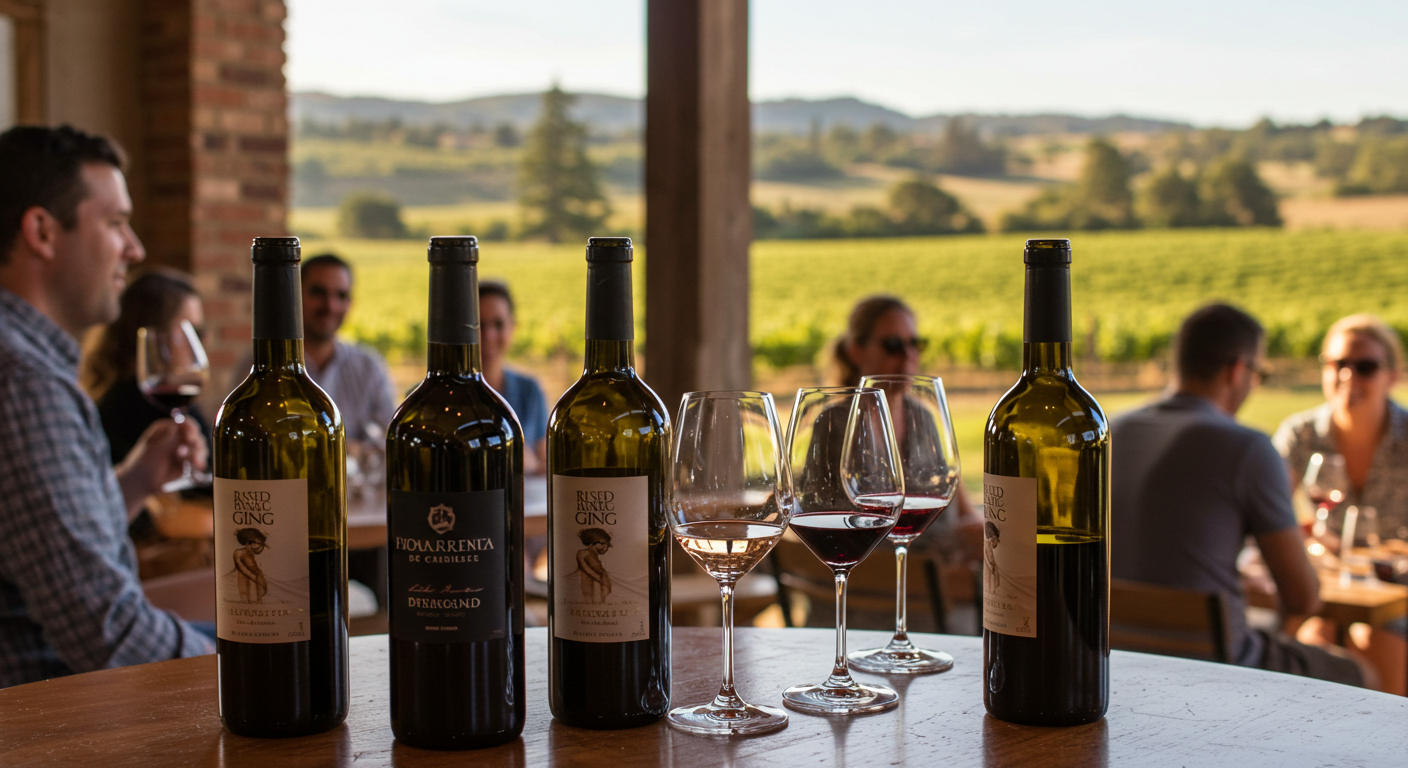
Share your photos thoughtfully rather than posting everything. Select images that capture the essence of each winery and respect the privacy of other guests and staff members. Tag wineries appropriately—they often appreciate the exposure and might even reshare your best shots.
The beauty of Winery Visit Photography lies in its ability to transport you back to special moments—the sun-warmed vineyard where you discovered your new favorite Syrah, the historic cellar where you learned about aging processes, or the hillside tasting pavilion where friendship and fine wine blended perfectly. Through respectful, thoughtful photography, these wine country memories remain vivid long after the bottles are empty.




